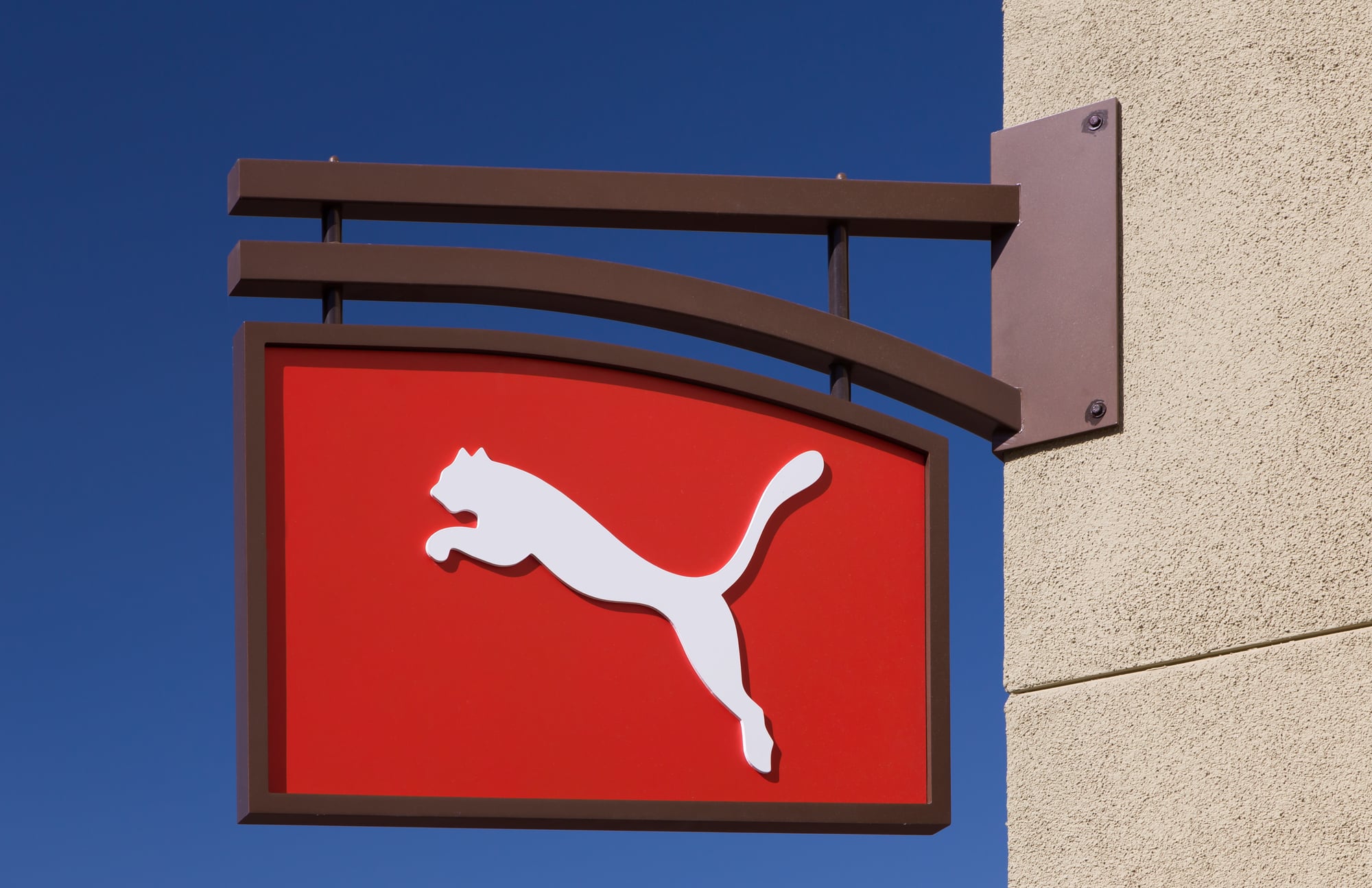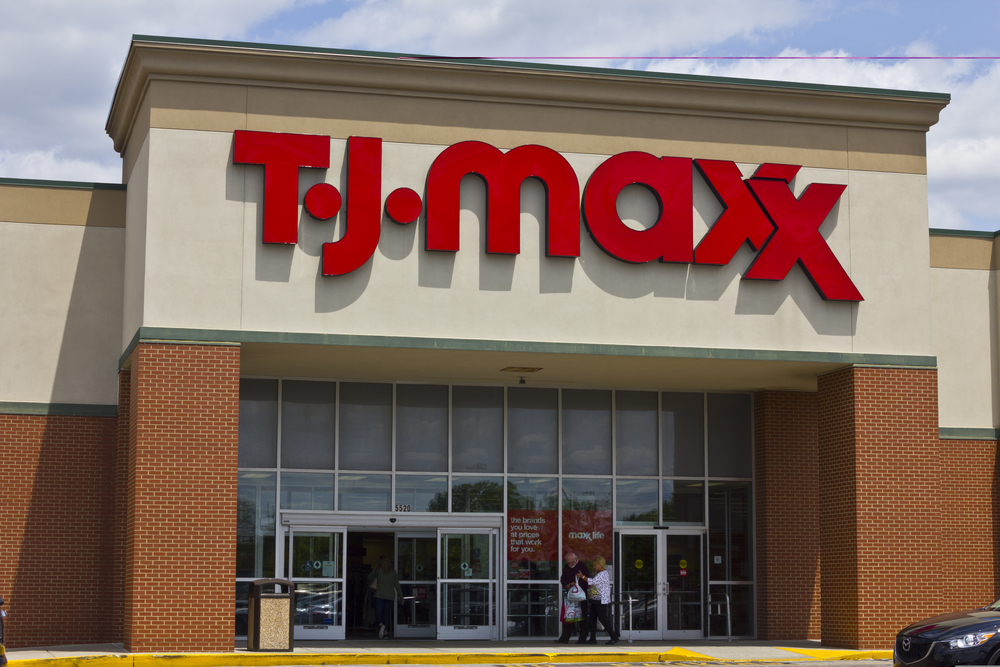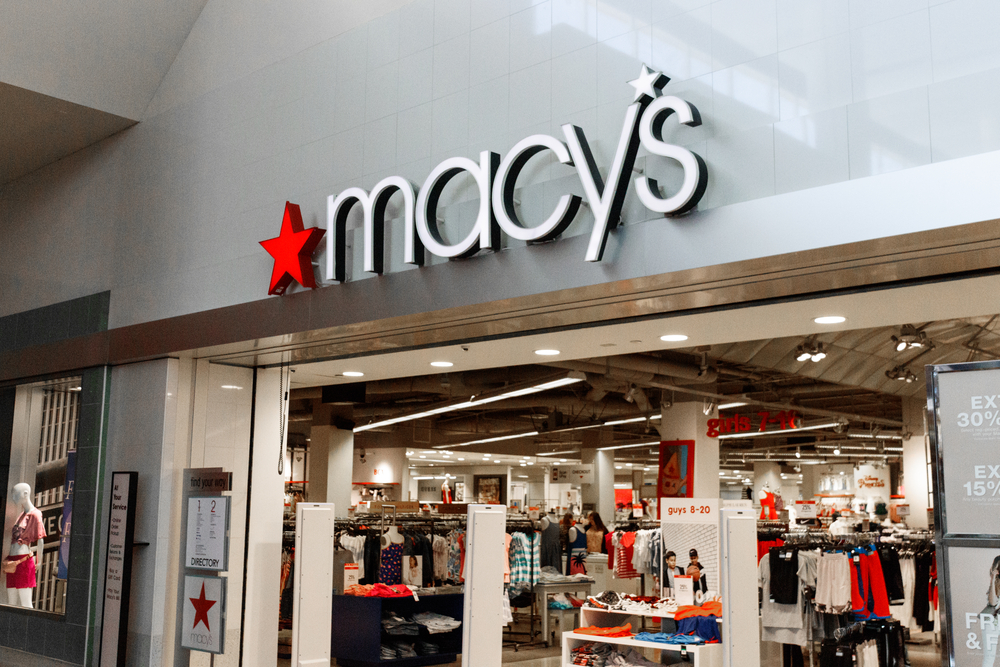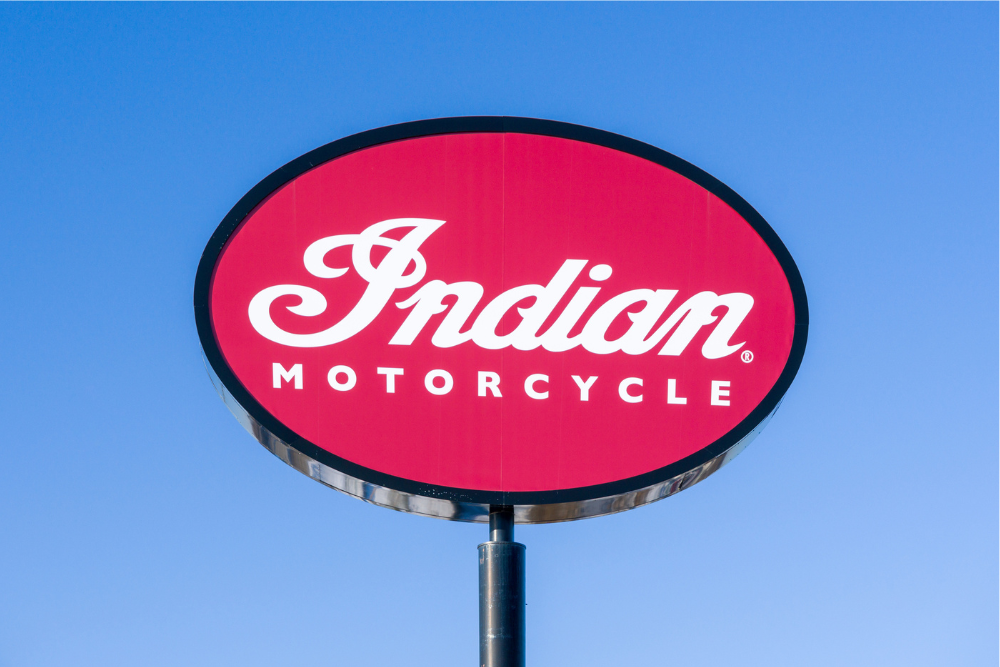Anyone who wants to have a successful business that drives people to buy services or products needs to get noticed. One way to do that is with signage. Having signage is a small method for communicating with customers without having to say anything. You can use signs for design elements, navigation, persuasion, and so much more. Brick-and-mortar businesses should never underestimate the power of a decent sign.
Signs are silent but loud. They are ever-present representatives that are committed to appearances. So, you want to use them in places beyond the front door. Fortunately, there are different kinds of signs, each with unique strengths and weaknesses.
Let’s talk about these different types of signs so you can decide which signs are best for your business.
What Types of Signs Do I Need?
To simplify things, signs can be categorized four ways. Within those four categories, there are multiple sub-types. By using a mixture of these signs in and around your business, you can reap the benefits.
The main categories of signs include:
- Building-Mounted Signs
- Digital Signs
- Interior Signs
- Freestanding Signs
Now, let’s break this down farther.
Building-Mounted Signs
When it comes to creating brand recognition and identity in the real world, signs mounted to the building’s exterior, also known as building-mounted signs, are one of the primary ways for getting there. There are several different kinds of building-mounted signs including:
- Canopy signs – a small overhang that is not meant to provide shelter but extends from the exterior wall and can function as a marquee.
- Parapet signs – mounted to the parapet, or the wall or railing the runs along the end of the roof, of a building.
- Awning – usually found above doorways to provide shelter.
- Projecting signs – mounting on the edifice but extends outward at a perpendicular angle to the wall.
- Sign bands – used on buildings with numerous tenants, like shopping centers or plazas. The sign band runs along the entrances and can accommodate signs for each tenant.
- Roof signs – found on the roof of buildings.
- Wall or fascia signs – attaches to the wall or fascia of buildings.
- Window signs – can be applied to the window surface or attached to the window.
Digital Signs
One of the more recent additions to the world of signage are those of the digital variety. These are usually screens that can display some kind of message and may contain an interactive element. Types of digital signage are:
- External signs – displays advertising and messages.
- Lobby signs – digital displays that are meant to reduce perceived wait time, such as televisions with information (like temperature, news, and commercials) that can double as a chance to reinforce brand recognition.
- Point-of-purchase displays – displays products for purchase at the cash register.
- Digital restaurant menus – you might have seen these recently at your favorite fast food restaurant, where you can place orders or look up nutritional information or add-ons.
- Video wall displays – can display more than one image and messages.
While digital signs can have a pricey outright cost and consistent maintenance, including updating software and hardware, they are guaranteed to impress your customers. Furthermore, digital signage is much more eco-friendly than printed advertising, and it is also guaranteed to last much longer.
Interior Signs
While signage on the outside of the business is essential, because you need to be seen by potential customers passing by your brick-and-mortar location, interior signage is important, too. In fact, without interior signage, customers might have difficulties getting around your business, deciding on what to purchase, and may even present a safety net against legal issues. Interior signs come with many shapes, sizes, and purposes.
The types of interior signage are:
- Directional/Navigational signs – these help customers and staff find their way around the business by pointing to various departments or sections of your physical location.
- Directory signs – not to be confused with navigational signs, these are used for buildings or developments with multiple tenants.
- Point-of-purchase signs
- Mall signs – similar to directory signs, these are meant to be used within buildings to identify certain regions or stores. These signs have many advertising spaces available.
- Regulatory signs – meant to reinforce rules, regulations, and laws. Stop signs are regulatory signs. Although not every business type is required to install regulatory signs, you might want to put these up on toilets, places where chemicals and/or heavy and dangerous equipment is stored, or for marking off places like priority seating or handicapped spaces. You can refer to the Americans with Disabilities Act (ADA) if you plan on marking handicapped entrances and other areas with signage, including braille.
Any instructive signage inside your business is a huge plus. Arrows pointing to the bathroom, for instance, can save everyone from a world of confusion. Easy navigation that is concise and highly visible is going to increase customer satisfaction because they can find what they are looking for quickly and will entice them to come back in the future.
Freestanding Signs
You can probably already imagine what freestanding implies. Any sign that doesn’t have to be attached to a building is freestanding, and the possibilities are endless. Some freestanding signs do have to be compliant with building ordinances, though.
The common freestanding signs include:
- Directional signs – as mentioned in the section above, directional signs help people find their way. These could be road name signs, arrows indicating entrance and exits, and marking pedestrian pathways.
- Electronic message centers (EMCs) – these are often seen around restaurants, banks, and movie theaters. EMCs offer time, temperature, and other information to those passing by. They come in LCD, LED, and flipper matrix options.
- Joint tenant signs – used when there are a number of tenants within a single shopping center, business complex, or industrial park. Often located near property entrances.
- Pole signs – these are what most people think about when hearing “freestanding.” These are on high-rise poles that can be seen from a distance and are often located alongside highways.
- Monument signs – lower in height than pole signs and are often required by local ordinances to be installed.
Freestanding signage is one of the most important marketing strategies that so often gets overlooked. You should make use of every chance you have to use freestanding signage, especially outside. Even if you just place a chalkboard sign on the sidewalk that advertises the daily specials or sales, you are making your business look more appealing to the passerby.
Takeaway
Maximize the potential of your brick-and-mortar store by strategically placing your signage around the property. By mixing exterior and interior signage, you can simultaneously coax people in from the road, increase brand recognition, heighten customer satisfaction, and keep everyone informed. Signs are always going to be necessary to ensure customers are getting the experience they desire, so bring in the best signs to seize every opportunity available to you.
There are hundreds of options available, including the signage of your dreams. Want more information about effective signage or want to request a quote? Fill out the contact form for more information.






